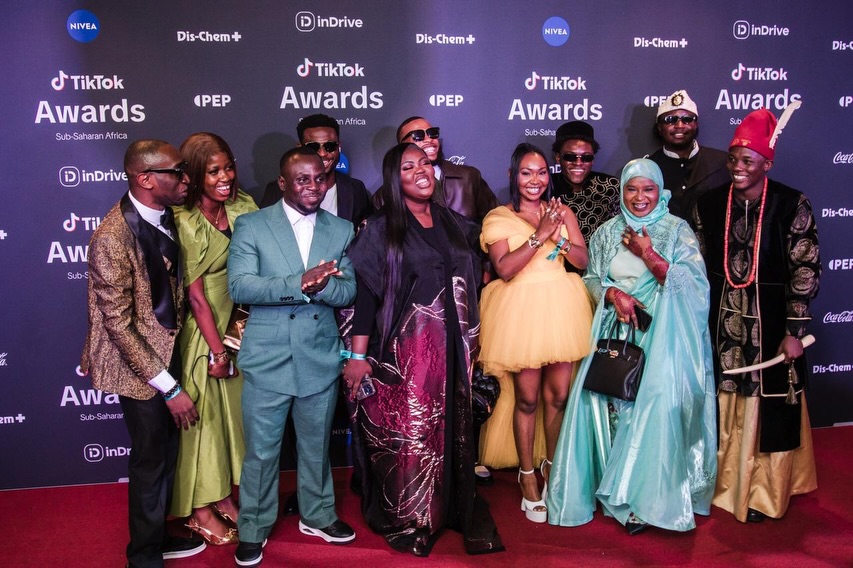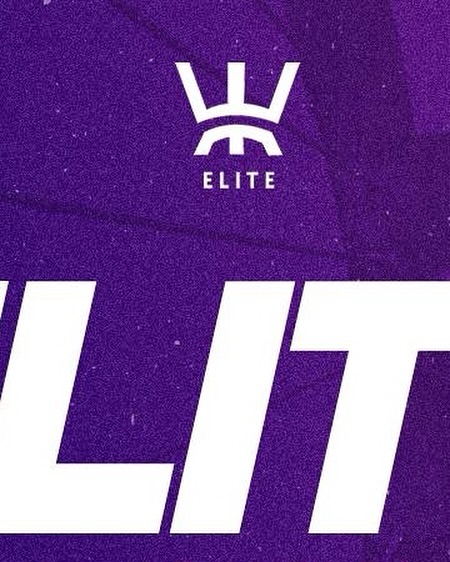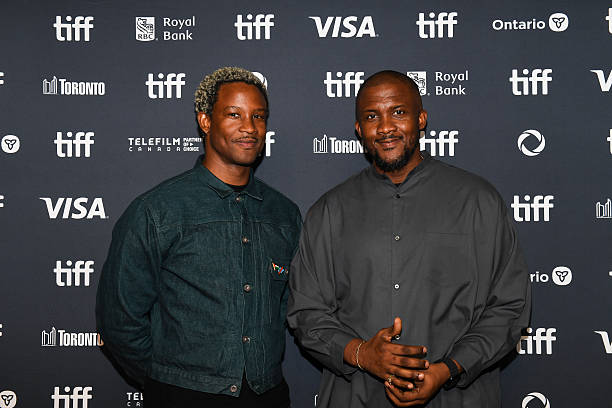Bomi Anifowose
Bomi Anifowose
In the ever-fluid universe of music streaming, where algorithms decide the hits and subscriptions fund the future, Spotify’s global pricing table has dropped a new plot twist. As of March 30, 2025, Nigeria officially holds the title of “Cheapest Spotify Premium Market in the World.” And no, that’s not a compliment.
Despite a headline-grabbing 44% subscription fee hike in late 2024—from ₦900 to ₦1,300—Spotify Premium in Nigeria still translates to just $1.08/month at the current exchange rate (₦1,200 to $1).
To put that in perspective, that’s the price of a sachet of suya and a bottle of water in Lagos, or half a banana smoothie in Lekki. It’s also the lowest Spotify subscription cost anywhere on the planet.
Meanwhile, just south of the Limpopo, South Africa is flexing as the continent’s streaming premium. At R59.99/month, or about $3.33, the country leads Africa in both pricing and—unsurprisingly—Spotify’s payout economics.
It’s no shocker that South African artists are earning more per stream, and DSPs are taking the market more seriously than just a playlist placement.
Now, shift your gaze to the global north, and it becomes a streaming class war.
- USA: $10.99/month
- UK: £10.99/month (~$14.50)
- India: ₹119/month (~$1.44)
- Sweden & Norway? The spiritual homes of Spotify? Let’s just say the per-stream royalty rates are closer to heaven.
Why the Pricing Gap Exists (And Why It Stings)
Spotify’s pricing structure is anything but democratic. It’s intentionally shaped by local economics—subscription fees are adjusted to reflect average income levels and digital adoption rates. Sounds fair on paper. In practice, it means artists in low-income regions like Nigeria earn mere pennies—or fractions of pennies—per stream, unless their music travels beyond the borders.
And travel it must. Because while Nigeria is busy running Afrobeats like it’s the UN of vibes, the artists who soundtrack the global summer are often making less than a bar’s worth of revenue from their biggest local fans. Even with over 2.1 billion streams out of Nigeria in 2023, the monetization is nearly laughable.
“Global Sound, Local Revenue Starvation”
This pricing data puts a spotlight on the paradox of Nigeria’s music economy: its sound is global, but the streaming income is painfully local. For context, 1 million streams from Nigerian users will earn an artist roughly $1,000 max, while that same million streams in the U.S. could clock in at nearly $4,000.
So, yes—Nigerian fans are supporting. But the system is set up so that the cheers echo louder than the checks.
South Africa, on the Other Hand…
With higher ARPU (Average Revenue Per User), more consistent subscription behavior, and better DSP infrastructure, South Africa is the continent’s golden child when it comes to streaming economics. It also explains why platforms test features and run pilot campaigns there first, and why the average South African artist doesn’t need to “blow abroad” before buying a Benz.
The Big Picture? DSPs Are Still Playing the Long Game
Spotify and its rivals are doing a tightrope walk—trying to make streaming affordable enough to kill piracy while still keeping the lights on and labels happy. But that balancing act is clearly top-heavy, tilting in favor of wealthier markets.
Until the economics start matching the cultural output, African artists will need to keep looking beyond local streams for real financial wins—whether through touring, licensing, brand partnerships, or yes, racking up U.S./UK streams.
As of March 30, 2025, here’s how Spotify Premium Prices Stack Up (Individual Plan):
| Country | Monthly Price | In USD |
|---|---|---|
| Nigeria | ₦1,300 | $1.08 |
| India | ₹119 | $1.44 |
| South Africa | R59.99 | $3.33 |
| Brazil | R21.90 | ~$4.30 |
| UK | £10.99 | $14.50 |
| USA | $10.99 | $10.99 |
| Sweden | kr109 | ~$10.20 |
| Norway | kr119 | ~$11.20 |
(All USD equivalents based on exchange rates as of March 30, 2025.)
Conclusion?
Nigeria’s Spotify pricing might make sense for the everyday listener, but it’s a cautionary tale for the local industry. You can be a chart-topper and still get change for your streams. Until DSPs rethink value from the angle of cultural influence—and not just economic power—African music’s global glow-up will keep getting dimmed by local payout realities.




